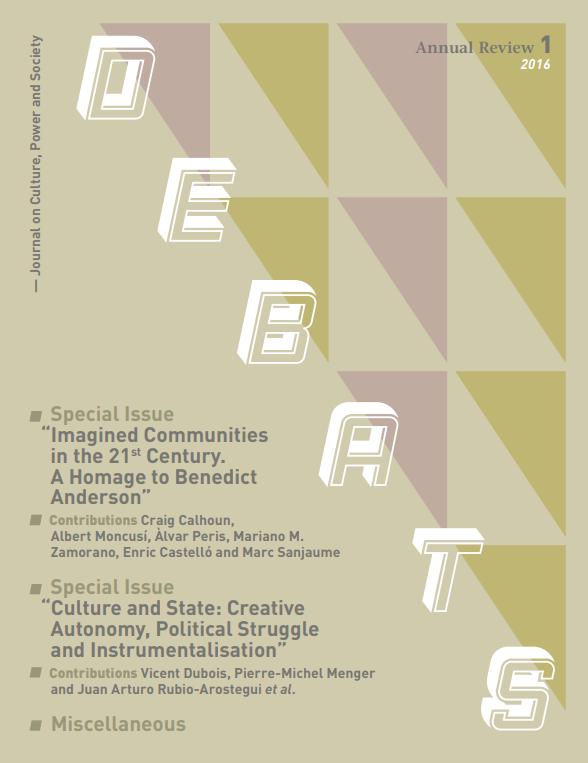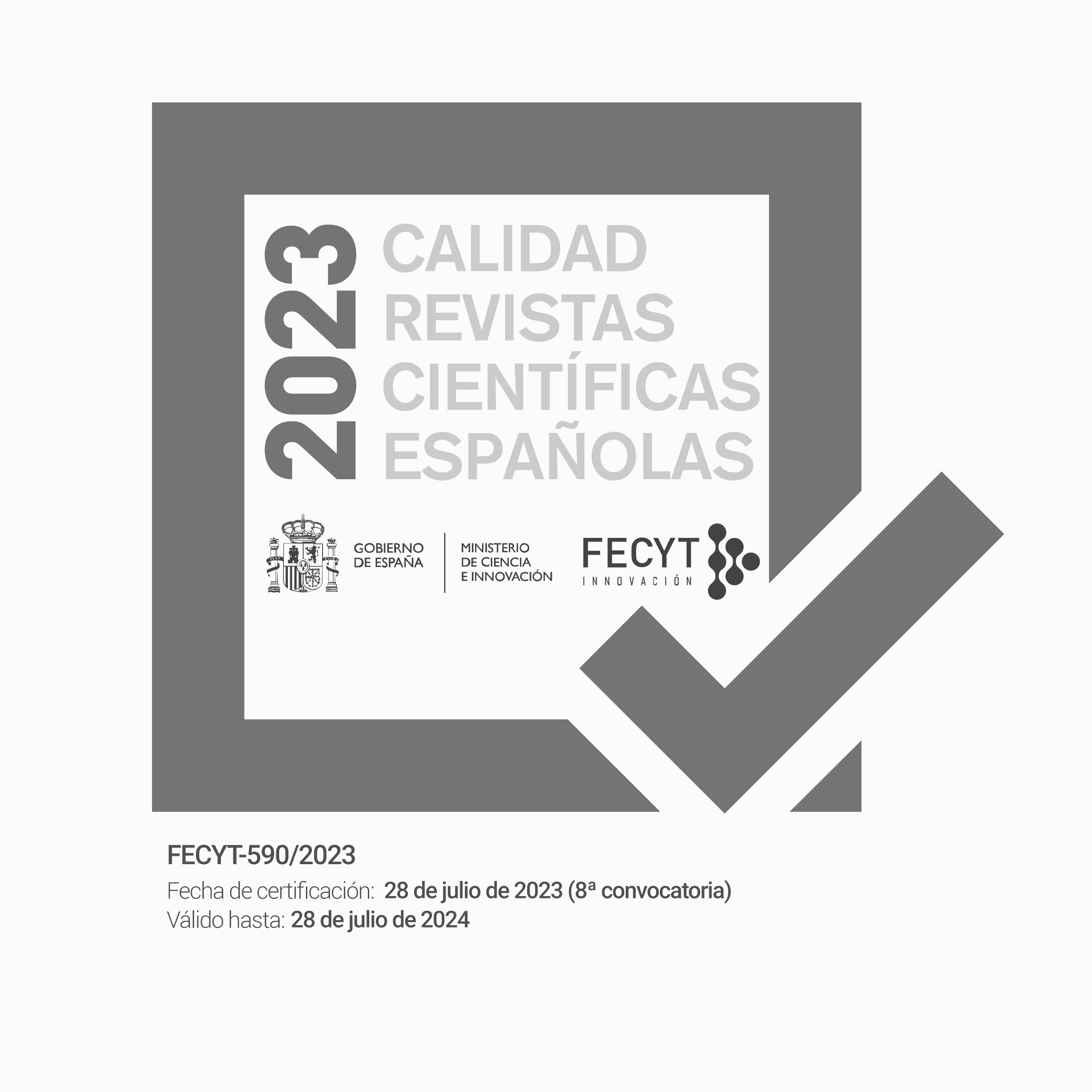Art, Politicisation and Public Action
Resum
Cultural public action has progressively embraced two very different
concepts of Art and culture: one universalist and linking innovation to
democratisation; the other, differentialist and relativist, advocating a
non–hierarchisable plurality of artistic forms. What happens to these
differences within cultural public action and politicisation of the artistic
sphere? One of the main aporias of cultural policy is the gap between the
artist as an innovator and the general public, which can be seen from
both demand (a function of democratisation), and supply (a function of
support for creation) sides. This gap has been defended in a pessimistic,
aristocratic fashion (‘Baudelarian Modernity’), and through politicoaesthetical
rationalisation (avant–garde in nature). Yet in both cases, it
raises the question of the gap between the dynamics of creation and
of consumption — a gap that highlights the constant paradoxes that
arise from supposing a direct relationship between artistic innovation
on the one hand, and socio-political emancipation and progress on the
other. Ironically, it is the upper classes that lend the greatest support
for artistic daring. For both ideological and political reasons, most of
the avant-garde movement was ranged against the bourgeoisie. The
duality of the value of originality in Art (the aristocratic heroism of the
innovator versus the democratic individualism of the expressive artist)
point to two differing standpoints in the politicisation of art. This duality
offers two answers, which are now superimposed on this paradox.
Descàrregues
Descàrregues
Publicades
Com citar
Número
Secció
Llicència
Sense perjudici del que disposa l'article 52 de la Llei 22/1987 d'11 de novembre de Propietat Intel·lectual, BOE del 17 de novembre de 1987, i conforme a aquest, els/les autors o autores cedeix/en a títol gratuït els seus drets d'edició, publicació, distribució i venda sobre l'article, per tal que siga publicat a Debats. Revista sobre cultura, poder i societat.
Debats. Revista de cultura, poder i societat es publica sota el sistema de llicències Creative Commons segons la modalitat “Reconeixement – NoComercial (by-nc): Es permet la generació d’obres derivades sempre que no se’n faça un ús comercial. Tampoc no es pot fer servir l’obra original amb finalitats comercials”.
Així, quan l’autor/a envia la seva col·laboració, accepta explícitament aquesta cessió de drets d’edició i de publicació. Igualment autoritza Debats. Revista de cultura, poder i societat la inclusió del seu treball en un fascicle de la revista perquè es puga distribuir i vendre.











